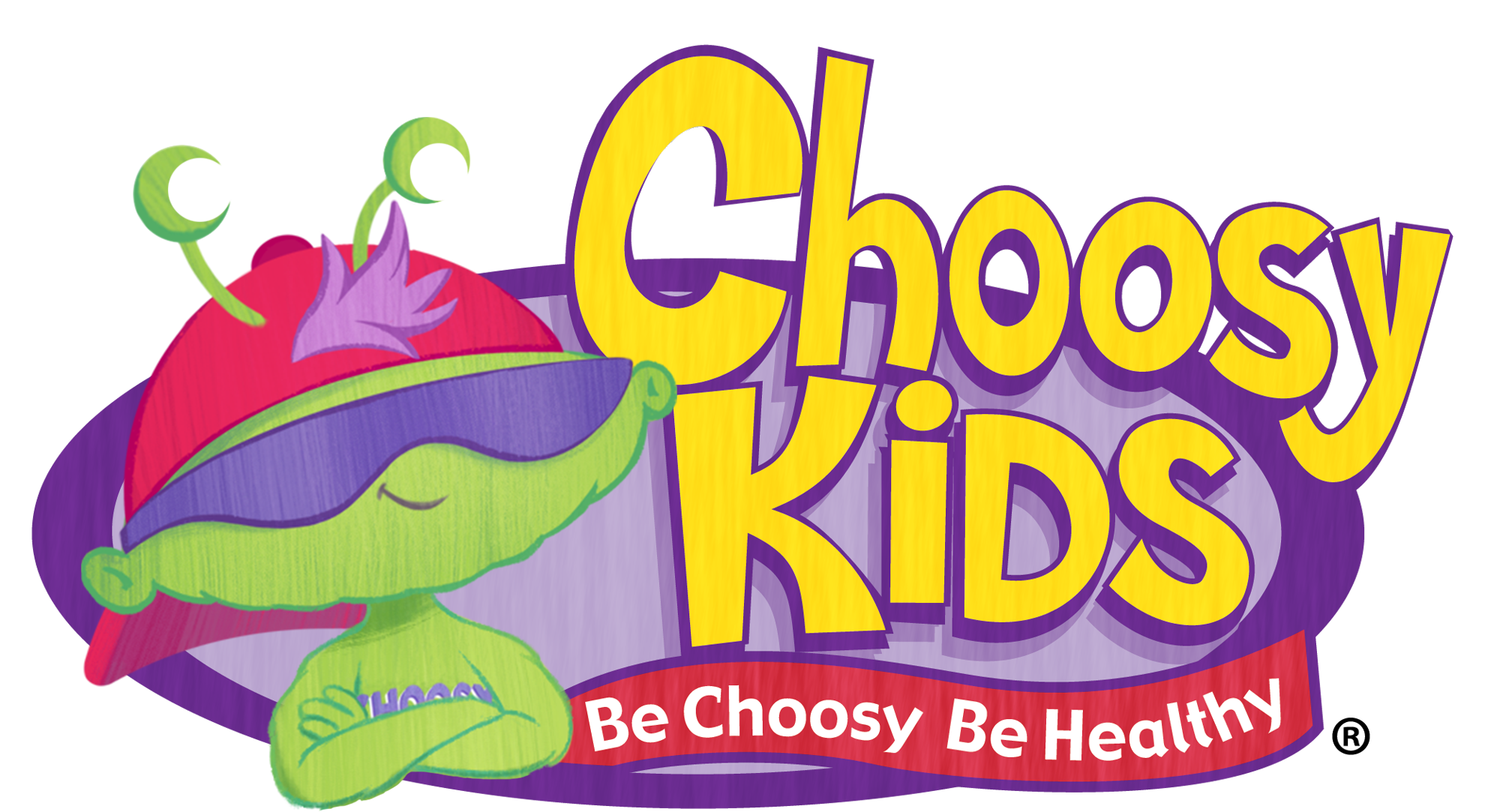


By Dr. Linda Carson, founder of Choosy Kids, LLC
It’s back to school time and my thoughts turn to young children adjusting to new environments, routines, and faces. It can be exhilarating for some and frightening for others. Even play time can test a child’s enthusiasm and eagerness.
Almost all young children love to move around, and given a little bit of open space, moving may change to galloping or running. We have all watched and winced as our youngest children collide with coffee tables, chairs, playground equipment, and of course, other children. Have you ever wondered how children actually learn to control their movements, or how we can help them become more skillful movers?
Space awareness has complex components, but in simple terms for home practice, space awareness is:
Knowledge about space, and how I use and manage my body in relation to objects, obstacles, and other movers.
For decades, preschool children have been introduced to sitting or standing on a carpet to define the place (or space) that belongs to them. And many teachers have children return to their place after doing an activity somewhere else. Most teachers call this place “personal” space or “self” space.
But space awareness is more than a spot on the floor or carpet. Young children need lots of practice time for learning about locations in space (up-down, high-low, on top-below, over-under, in front of front –behind, etc.) and judging distance. From a child’s perspective, if my self-space is how much room my body needs in my “place,” what happens when I start moving around the room or play yard in something called shared space? It can be a bit challenging but we can help children learn that they take their self-space with them into shared space…and so does everyone else! And now, the familiar safe and self-regulated movements become VERY challenging when other things or other children are included.

So how can we help children avoid collisions while having fun learning about space relationships when playing games, moving to music, pretending, and simply exploring? One way is to use props like a hula hoop to not only be the child’s “place” on the floor, but to help your child actually pick up self-space and see that it moves around too. This also helps children “see” the self-space of others while practicing. Another helpful strategy for applying concepts to a young child’s awareness of space is to use the terms empty and full to your advantage. Using containers or cups with water, sand, cereal or other items in them help demonstrate the difference between empty or full. This brings with it lots of opportunity for dialog and discussion…even math and measuring concepts. If children understand empty and full, and have practiced with hands on props and desktop visuals, they have the foundation necessary to apply the vocabulary and the concepts to their own movements and their relationships with obstacles and other people.
Choosy Kids has a song about moving only into empty spaces. It encourages children to look for and move into spaces that are empty and not filled with another person. The song even empowers children by welcoming them into the Empty Space Club if they can move and play without bumping into anything or anyone. As the song plays, do the movements with your child that are asked for during the song and during the chorus (designed as a rest period). Make up movements that you can do together, for example:
"I Love (hands over heart or draw a heart on chest) Being in the Choosy Kids Club (hand sign for C) I Love (hands over heart or draw a heart on chest) Being in the Empty Space Club (make up a movement for empty, i.e. point to the floor and move your hand in a circle)"
Other fun things that you can do at home to practice space awareness include using available toys and props around the house to review important location words, for example:
Can you put your toy under your chair?
Can you put your toy behind the vacuum cleaner?
Can you put your toy on top of your bed?
Can you put your toy in front of your foot?
Is it near to you or far away?
Can you put your toy far away from you?
Which is near and which is far? Toaster and bed? Door and toothbrush?
Standing in your personal space, can you put your hands up high ?
Can you put one hand low ?
Can you put one hand high and one hand low ?
Make up games that involve judgments of space like tossing or rolling a ball over a line, into a hoop or into a laundry basket.
Design an obstacle course with pillows and stuffed animals as obstacles in shared space. The child must find only empty spaces to move, hop, gallop, jump, etc. while avoiding each obstacle.
Practicing space concepts in a fun and playful way lays a foundation for the development of self-regulation, as well as a respect for the personal space of that other children and adults.
You may also like...








